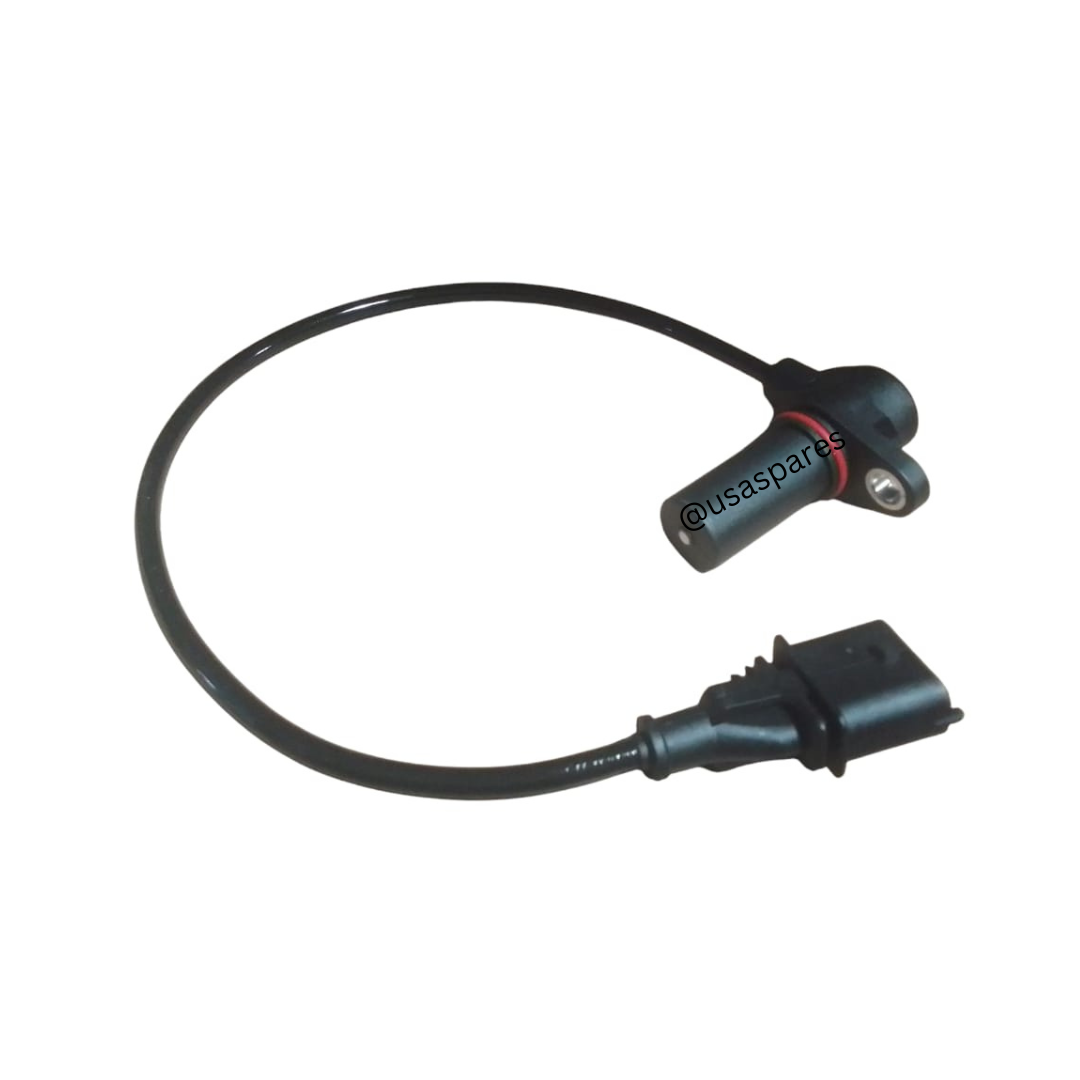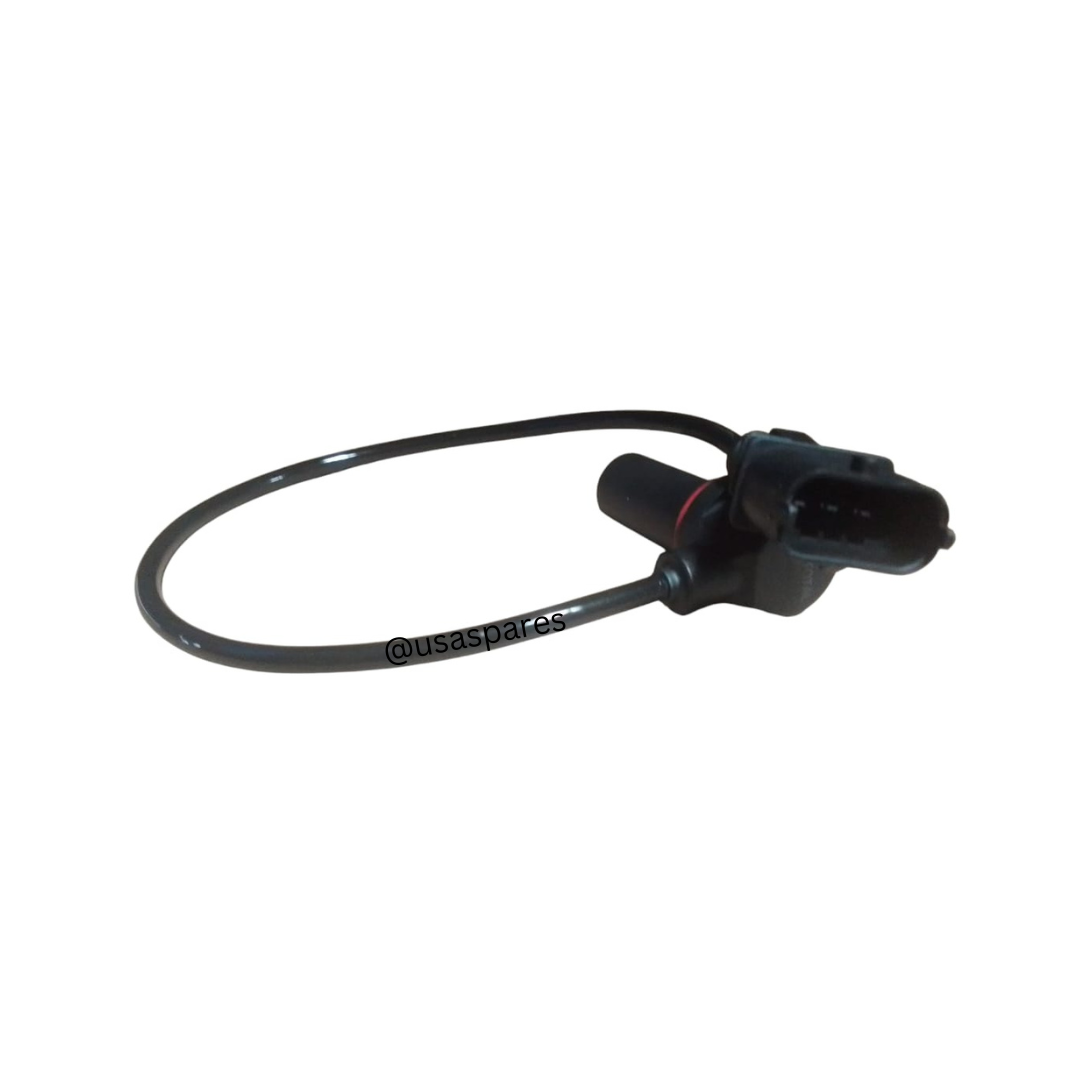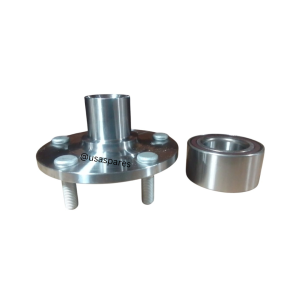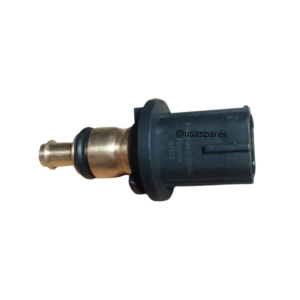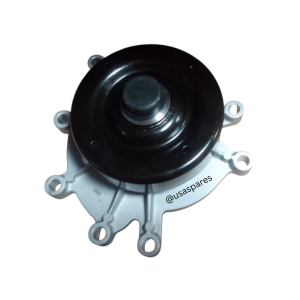Description
The Jeep Cherokee 2.8 CRD KJ Crankshaft Sensor is a vital component in the engine management system, playing a crucial role in the proper functioning of your vehicle’s engine. This sensor monitors the position and rotational speed of the crankshaft, providing critical data to the engine control unit (ECU). Based on this information, the ECU can adjust ignition timing, fuel injection, and other engine parameters to optimize performance, efficiency, and emissions. As a result, the crankshaft position sensor is essential for the engine to run smoothly, and its failure can cause a variety of issues, including poor engine performance or complete engine failure.
The Jeep Cherokee 2.8 CRD KJ Crankshaft Sensor works by detecting the position of the crankshaft’s teeth as it rotates. This sensor usually uses a magnetic or Hall-effect sensor to detect the magnetic field from the crankshaft’s teeth, sending signals to the ECU. The ECU then processes this data to ensure the engine’s timing is correct, allowing the engine to start and run properly. Without an accurate reading from the crankshaft sensor, the engine may experience misfires, stalling, or difficulty starting.
Key Features of the Jeep Cherokee 2.8 CRD KJ Crankshaft Sensor:
- Precise Data Transmission: The sensor sends critical data about the crankshaft’s position and speed to the ECU, allowing for optimized engine control.
- Durable Construction: Built to withstand harsh engine conditions, including high heat, vibration, and moisture, ensuring reliable long-term performance.
- OEM Fitment: Designed to directly replace the original sensor, ensuring easy installation and reliable operation.
- Improved Engine Efficiency: The sensor ensures that the engine runs efficiently by maintaining proper ignition and fuel timing, leading to better performance and fuel economy.
Signs of a Failing Jeep Cherokee 2.8 CRD KJ Crankshaft Sensor:
- Difficulty Starting the Engine: A failing sensor may prevent the engine from starting due to incorrect timing information.
- Engine Stalling or Misfires: Inaccurate readings can cause engine misfires, hesitation, or stalling, which can affect overall performance.
- Poor Fuel Economy: A malfunctioning crankshaft sensor can cause improper fuel delivery, leading to decreased fuel efficiency.
- Check Engine Light: A faulty sensor often triggers the check engine light, signaling an issue with the engine’s timing system.
- Rough Idling: The engine may run rough or irregularly, especially when idling, due to incorrect timing adjustments.
Why You Should Replace a Faulty Crankshaft Sensor:
If the crankshaft position sensor malfunctions or fails, it can lead to several serious issues with engine performance. This includes difficulty starting the engine, poor fuel efficiency, and erratic engine behavior. If left unchecked, it can cause further damage to the engine or other related components, leading to costly repairs.
Replacing a faulty crankshaft position sensor with a high-quality OEM or aftermarket part ensures that the engine’s timing remains accurate, preventing further damage and restoring the vehicle’s performance. By installing a reliable sensor, you maintain optimal engine operation, improved fuel efficiency, and a smoother driving experience.
Installation and Maintenance:
- Proper Installation: The crankshaft position sensor should be installed by a professional mechanic to ensure it is correctly aligned and properly connected.
- Regular Inspections: Periodically inspect the crankshaft sensor and associated wiring for signs of wear or damage, especially if the vehicle experiences performance issues or the check engine light appears.
- Use Quality Parts: Always opt for high-quality OEM or trusted aftermarket replacement parts to ensure the longevity and reliability of the engine components.
In conclusion, the Jeep Cherokee 2.8 CRD KJ Crankshaft Sensor is a key component in the engine’s operation, directly impacting engine performance, efficiency, and reliability. A malfunctioning sensor can lead to starting issues, poor performance, and poor fuel economy. Regular maintenance and prompt replacement of faulty sensors ensure your vehicle runs at its best and prevents unnecessary engine issues.


